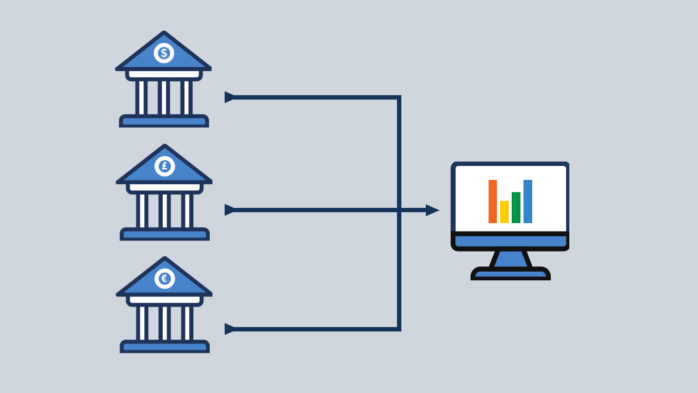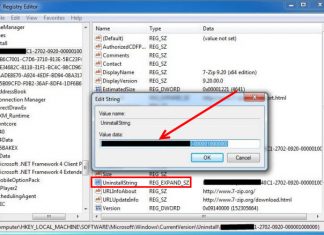Corporate clients can communicate with their partner banks through bank connections. Businesses must have a connection to at least one bank in order to perform any financial operations.
In reality, when it comes to sending payments and exchanging account information, multiple banks are frequently engaged.
Bank connections serve as the financial department’s cornerstone by ensuring an unbroken data flow between the business and banks, which allows them to make precise financial predictions and, for example, manage the liquidity of certain assets.
Corporate financial departments will continue to need to make decisions about how to tackle the subject of bank connections. Let’s review the various approaches for establishing bank connectivity.
Direct host-to-host connections
A large fraction of companies continues to communicate with their banks on a host-to-host basis. This implies that the IT department of the company frequently configures bank connections to particular banks.
The bank determines then precisely how they operate. Some banks need a host-to-host connection for each region where the business operates, which can be costly.

Fortunately, many banks have a specific point of entry connection, allowing them to utilize it to send payment processing messages in all or a selection of the territories where the bank has facilities.
Corporate clients must adjust to any modifications the banks may make because the bank is providing the service and prescribing the technical specifications.
Direct host-to-host connections must be sustained at all times, which calls for the dedication of the company’s IT team.
Direct connections through regional standard protocols
Germany, Switzerland, and France accept the Electronic Banking Internet Communication Standard, or EBICS, as a standard. Also, this guideline is being tested by banks in other regions.
Businesses that work under EBICS can also use it for transaction notification and account authorization in other countries. However, the future of EBICS as a widely accepted protocol is still debatable as many countries still test it.
Connections through SWIFT

SWIFT hosts and manages the international network of interbank transactions. It is considered to be highly dependable and safe. Without having to worry about creating new connections, the company is free to switch banking partners based on its needs.
However, direct SWIFT connections are expensive, time-consuming, and resource-intensive to integrate. Also, businesses must fully abide by the SWIFT Customer Security Programme protocol, which mandates that all its participants secure their endpoints.
This, again, requires some extra effort from the IT department.
Open banking APIs
One of the most promising advancements is the use of open banking APIs, or Application Programming Interfaces ‒ these provide instant connectivity. Banks in various countries provide premium APIs beyond what is currently feasible for businesses.

Open banking APIs are predicted to introduce a real-time element to the industry. The inability of external systems to retrieve real-time balances or transaction info from banks in the past is set to change with this banking connectivity option.
Now that open banking APIs are available, any transactions or requests can be made anytime a payment or balance status is required, providing immediate results.



















